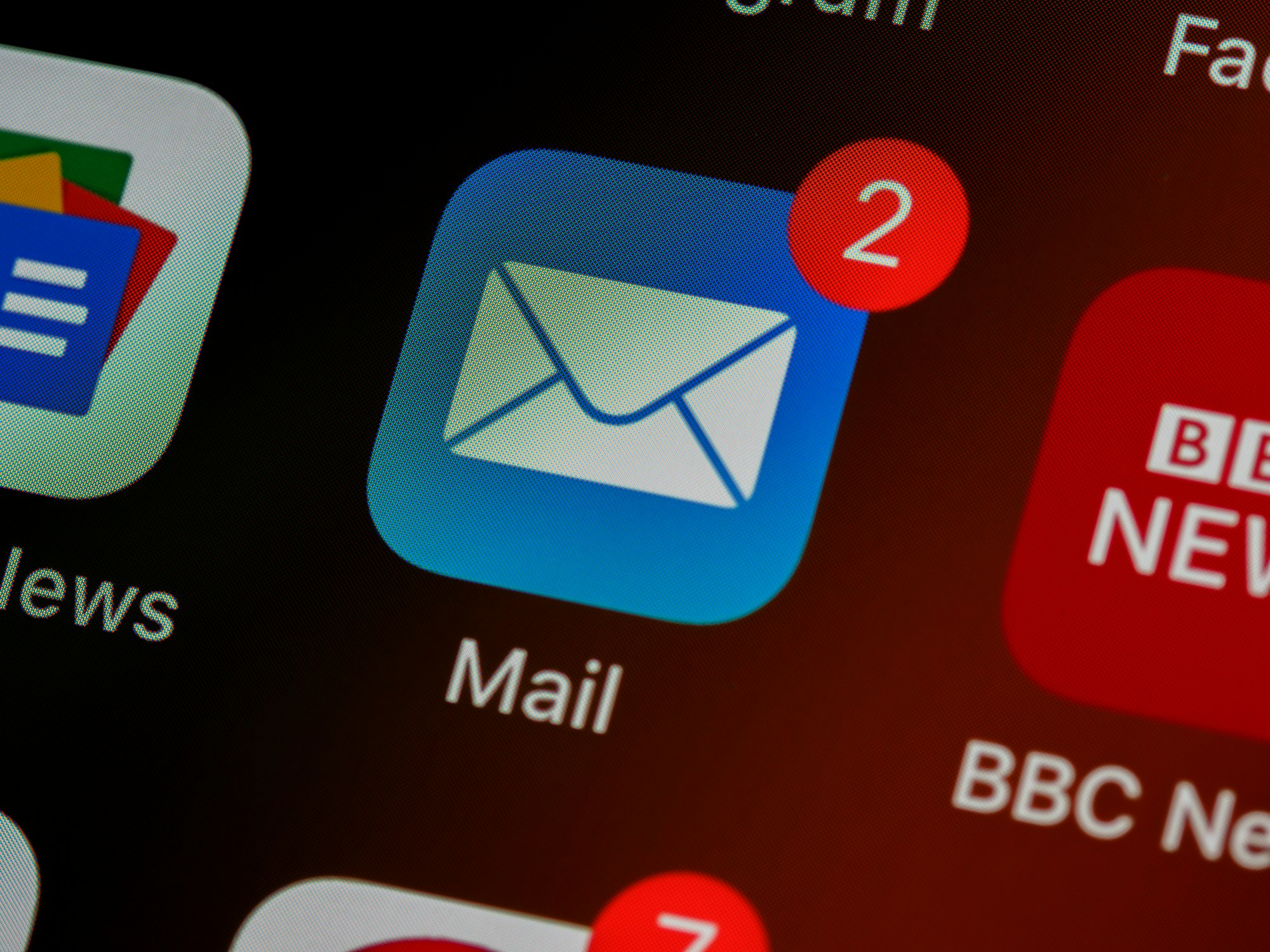Seven Email Marketing Mistakes to Avoid
Email marketing is one of the most effective ways to stay in touch with your audience and engage potential customers, but it can be tricky to do it well.

To avoid making any costly errors, check out this list of seven email marketing mistakes to avoid, as well as some tips for avoiding them in the future.
Sending too many emails
The most common mistake is sending too many emails—and that’s because it feels easier to send one more. But if you keep thinking you can get away with a bit of extra, those extras add up quickly and become frustrating for both your subscribers and your email service provider (ESP). One or two additional emails per week might not seem like much of an inconvenience at first, but as you continue to rely on email marketing as part of your outreach strategy, people will grow tired of seeing something they don’t want or need in their inboxes. You don’t want people to hit unsubscribe; trust us.
Not personalizing your emails.
The second one is not personalizing your emails. People don’t want a generic email; they want to feel special. The best way to do that is by personalizing your emails for each recipient. This can be as simple as signing off with their name or address, or by using a bit of their bio from your marketing list. The bottom line: Just because you send one message doesn’t mean it should be identical for everyone who receives it.
Using hard-to-read fonts
Just because an email has a crazy font doesn’t mean it will grab someone’s attention. If your font is too small or hard to read, recipients will dismiss it and move on. Keep fonts simple and easy to read for greater engagement.
Emailing customers too often
According to a study conducted by McKinsey, 41% of consumers unsubscribe from marketing emails because they think these messages are spam. That’s why you must include an easy way for your customers to opt out of emails and make sure you aren’t sending too many. Too much emailing can push subscribers away and make them feel like they are being bombarded with irrelevant information. The average open rate for email marketing is around 22%. What does that mean? You have less than a 25% chance that someone will read your message.
Poorly targeted subject lines
A poorly targeted subject line can mean a quick death for your email. If you aren’t sure who will open your email, don’t send it. Several people on your list will likely be more interested in your message than others, so segment those emails with well-crafted subject lines that appeal to specific interests. Don’t be afraid of using humor if it helps drive interest; make sure you don’t go overboard or offend anyone. Alternatively, segment by company name and send sales pitches only to those most likely interested in hearing about them; then include an unsubscribe link at the bottom of each email so that people who aren’t interested won’t feel obligated to read every word as soon as they sign up.
Ignoring open and click-through rates
Open, and click-through rates indicate how well subscribers are receiving your emails. Make sure you’re addressing these statistics with every new campaign. If your open rate is too low, you may be relying on lousy subject lines or sending emails at a time that isn’t convenient for subscribers. If you have high click-through rates but no sales, then you might need to segment your email list so that only highly engaged customers receive these special offers. To learn more about open and click-through rates, check out our guide for beginners.
Selling too hard
In email marketing, selling hard is a huge mistake—and an all-too-common one. It’s easy to get caught up in writing about how great your product or service is and forget about the actual human beings you’re trying to attract and convert into customers. You want people who need what you offer, not those who will buy out of obligation because they feel pressured by your hard sell. Try striking a better balance next time and talk more about real value; let potential customers come to their conclusions based on what they see and read. Remember, they still have a choice in whether or not they choose your business!